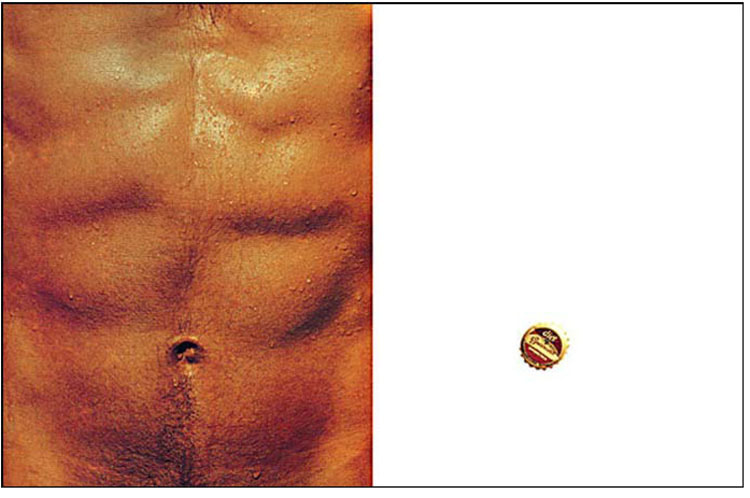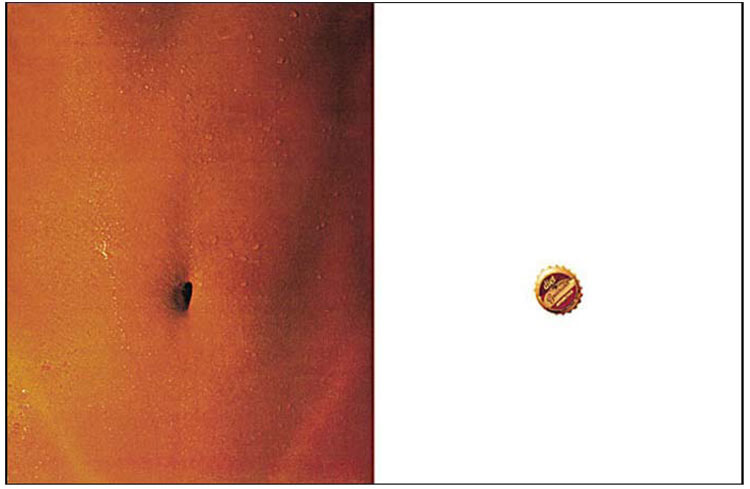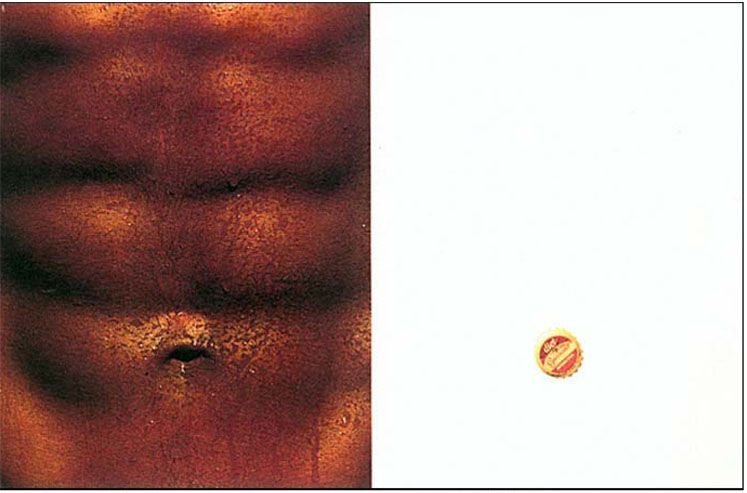|
Source: Lum3n.com via Pexels.com Brazilians speak Portuguese. This was the conundrum DM9, Sao Paulo—now a part of the DDB network—faced in 1993. Diet Guarana, a popular soft drink in neighbouring, Spanish-speaking markets was eyeing the millions of parched throats in Latin America's biggest nation. Using the Spanish-language advertising that had worked elsewhere outright was out of the question. On the other hand, adapting it would be a risky proposition, given the cultural differences. At that time, print advertising in Brazil hinged—as was the case virtually everywhere else—on words. But to grab attention, the advertising also needed to be transparent. Brazilians were (and are) advertising-savvy consumers. Blatantly drawing attention to the advertising itself or the brand wouldn't work. Instinctively, DM9's art director, Marcello Serpa, knew that indifference was the biggest obstacle the brand had to overcome. After all, a soft drink is a soft drink in the grand scheme of things. In a stroke of genius, the answer presented itself to Serpa. Brazilians have a thing for beautiful bodies. Why not use this norm as an easily relatable context? The concept of reduction—expressing an idea in the simplest possible terms—which Serpa had picked up from his time in Germany, served as the crucible. The result? Despite the complete absence of copy, Serpa's campaign succeeded in grabbing the eyeballs of both consumers and the Cannes jury, who recognised his brilliance by awarding the campaign Brazil's first Grand Prix Lion. And soon, imitations began to mushroom around the world.
'Aha! Less is more. Viva la creativity! Off with the copy!,' was the battlecry of their creators. And thus began the castration of the copy department, and—according to the legendary Neil French—the death of long-copy advertising. A quarter-century later, misconceptions about advertising creativity are—in all probability—a key factor behind:
So what exactly is creativity? David Galenson studies human creativity, and is Professor of Economics at the University of Chicago. Galenson believes that creativity is of two types:
The type of creativity the advertising industry elects to promote and practice going forward may very well change the marcom landscape and seal the industry's fate. References 1. O'Barr, William (2008). Advertising in Brazil, Advertising & Society Review, Volume 9, Issue 2, 2008. Retrieved December 1, 2017, from Project MUSE database. 2. Design Indaba, Marcello Serpa on the art of reduction. Retrieved December 3, 2017, via YouTube. 3. Galenson, David (2014). Creativity: Myths and Misconceptions, April 24, 2014. Retrieved December 4, 2017, from HuffPost (https://www.huffingtonpost.com/david-galenson/creativity-myths-and-misc_b_4836263.html). 4. David Galenson. Bio. Retrieved December 4, 2017, from http://www.davidgalenson.com/bio.html. 5. Neff, J. and Schultz, E. (2017). Does Cannes matter?: Agencies debate spendy festival in lean times. Retrieved December 5, 2017, from AdAge (http://adage.com/article/print-edition/cannes-festival-creativity-matter/309354/). 6. Schultz, E. (2017). The race is on: How IBM, Accenture, PwC and Deloitte are shaking up the marketing industry. Retrieved December 5, 2017, from AdAge (http://adage.com/article/news/consultancies-rising/308845/). Comments are closed.
|
AuthorMy name is Benedict Paul. I've been writing copy (and learning the craft) since 1995. Archives
October 2019
Categories |




 RSS Feed
RSS Feed
